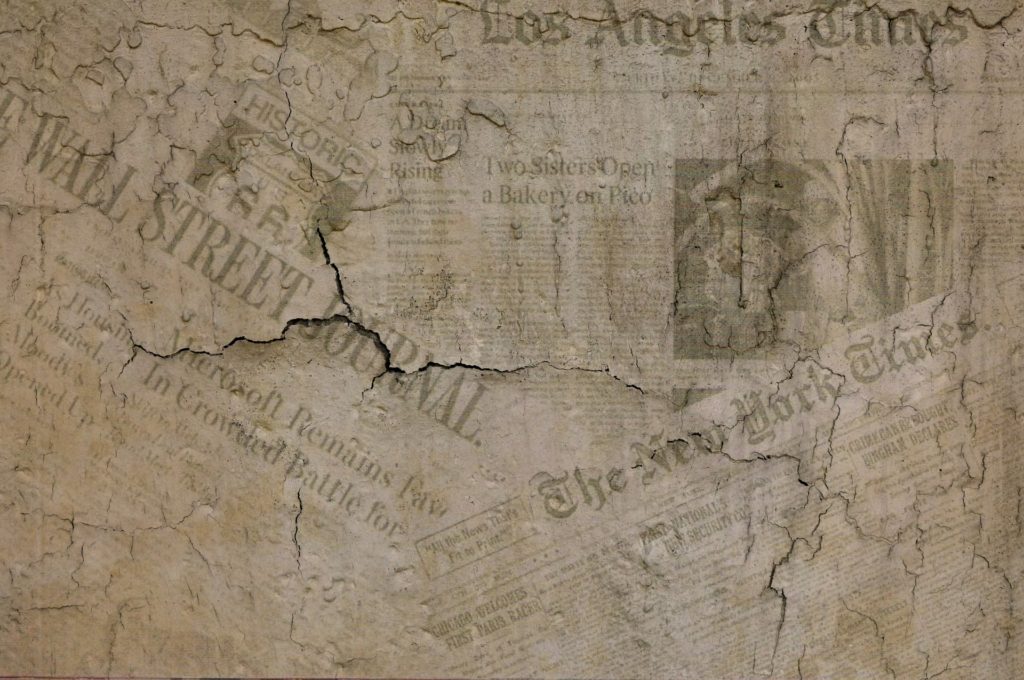With government involvement in the print industry, the door is opened for promoting the political bias of the ruling party. Historically, this involvement has been used to control the sentiment of the general populace. In the 1700s, a Whig was more likely to push a story that promoted independence, where a Tory would promote just the opposite. In the modern media, a liberal official is much more likely to push stories that reflect positively on the Democratic party, and vice versa. In an era where political parties are willing to go to great lengths to promote their side (whether right or left), biased (and in some cases, falsified) news can be the result.

Emergence of Mass Media
By 1900, newspapers had transformed from pamphlets to mass publications. There were several major publications in existence, all considered to be profitable powerhouses for advocacy and sensationalism. The New York Times, The Washington Post, and The Chicago Tribune all began to emerge around this time (among countless others). These were, and are still, regarded as some of the most influential newspapers in journalism. It was not uncommon for the average American citizen to read several newspapers each day, until the adoption and popularization of radio and television. By the 1920s, radio and television took over and began to play integral parts in the communication of important information. While the methods of distributing news had changed, these new publications, radio, and television shows featured many of the same biases as their predecessors.


